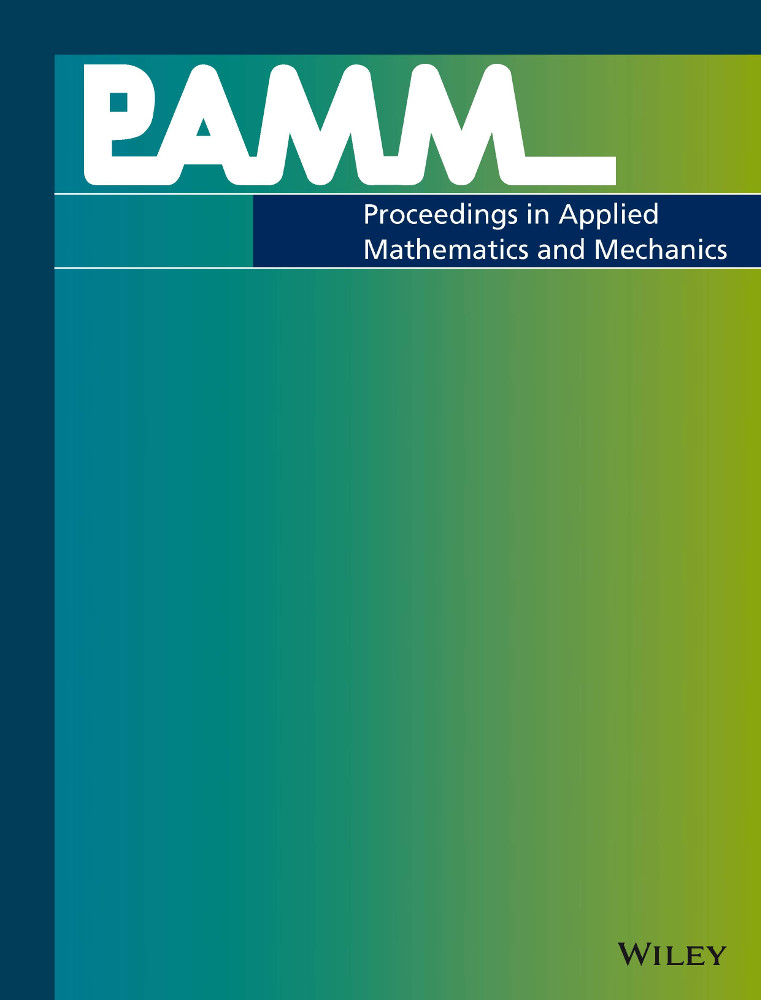A thermodynamically consistent anisotropic damage model for metallic glasses
Abstract
The recent success in manufacturing large-size, also called bulk metallic glasses (BMGs) using 3D-printing based on laser powder bed fusion (LPBF) opens an avenue for the broad application of this material class. To explore the great potential of both as-cast and 3D-printed BMGs, a comprehensive understanding and an accurate prediction of the plastic deformation and damage behaviour of this material class are indispensable. In this study, we develop a thermodynamically consistent anisotropic damage model incorporating tension-compression asymmetry (TCA) to describe the unique inelastic deformation and damage behaviours of metallic glasses. The widely observed normal stress sensitivity and plastic dilatancy in metallic glasses are considered by using an extended Mohr-Coulomb criterion in the constitutive description. Furthermore, a second-order damage tensor is adopted for describing the anisotropic damage behaviour. By augmenting the Helmholtz free energy function to be dependent on the gradient of the free volume concentration and the gradient of the nonlocal damage parameter, the governing equations for the corresponding internal variables are derived within the framework of finite deformation. The damage localisation and mesh dependency are correspondingly alleviated. The simulation result shows that the shear band patterns are in good agreement with the experimental observations from literature.
Acknowledgments
Open access funding enabled and organized by Projekt DEAL.




